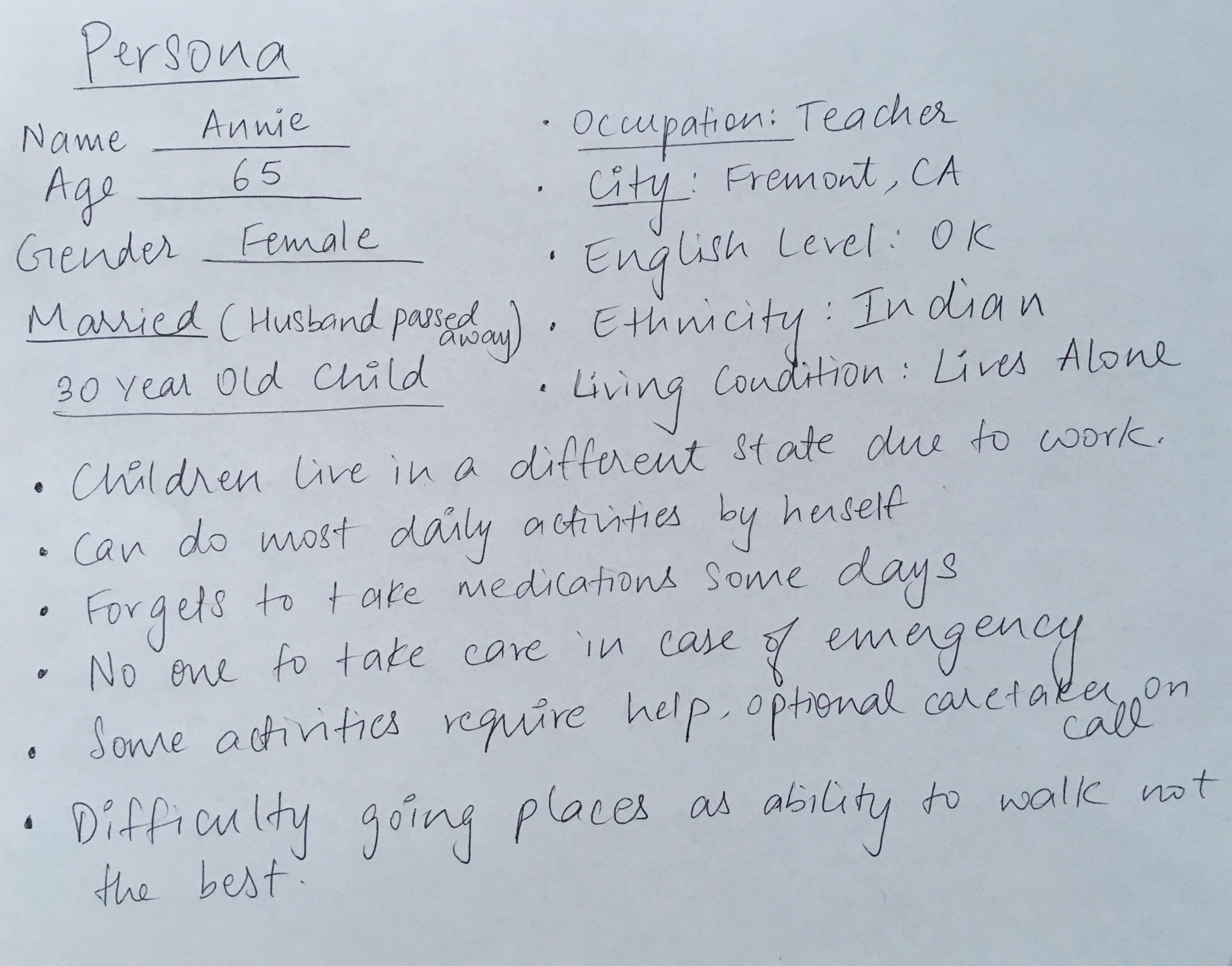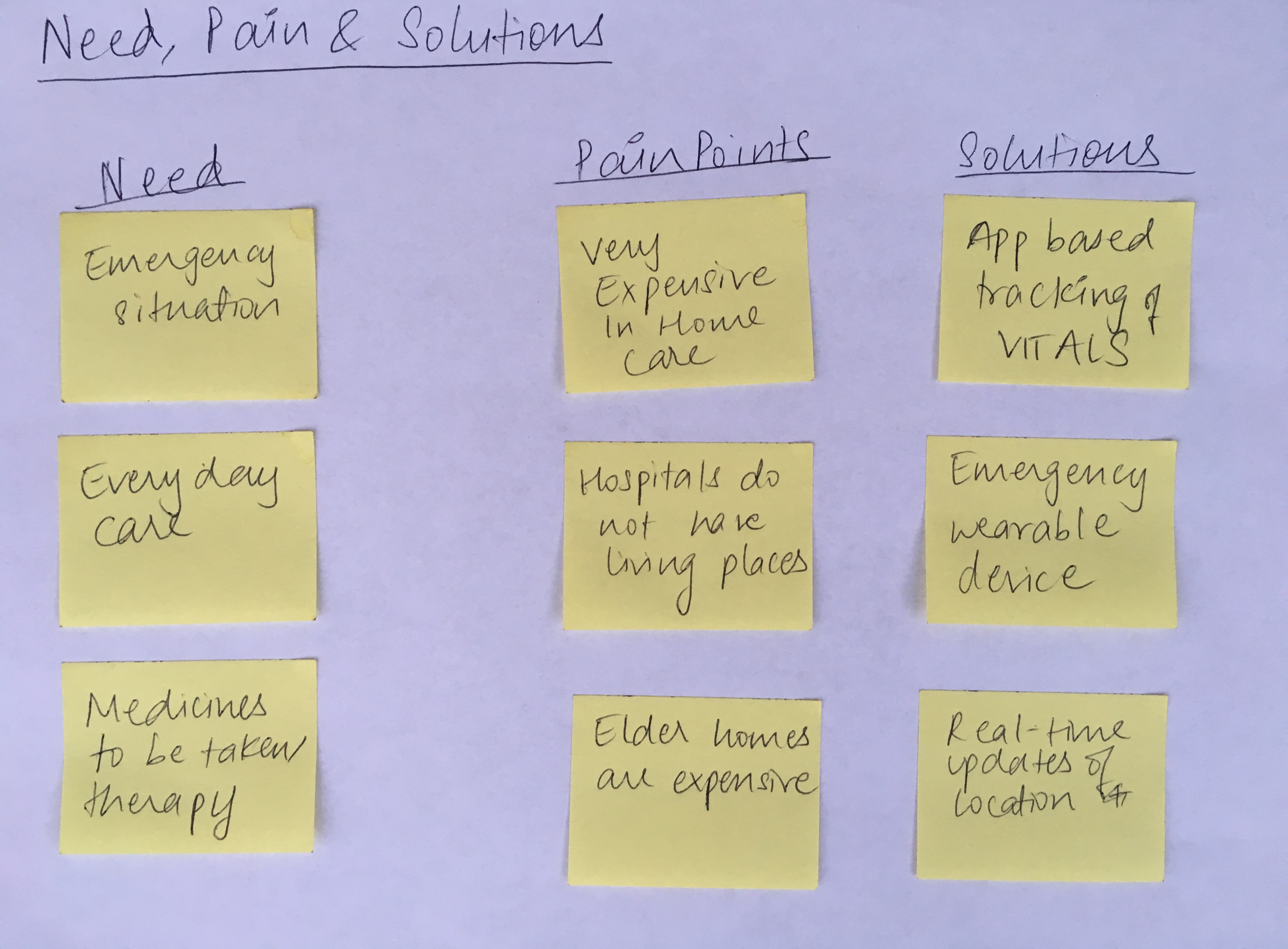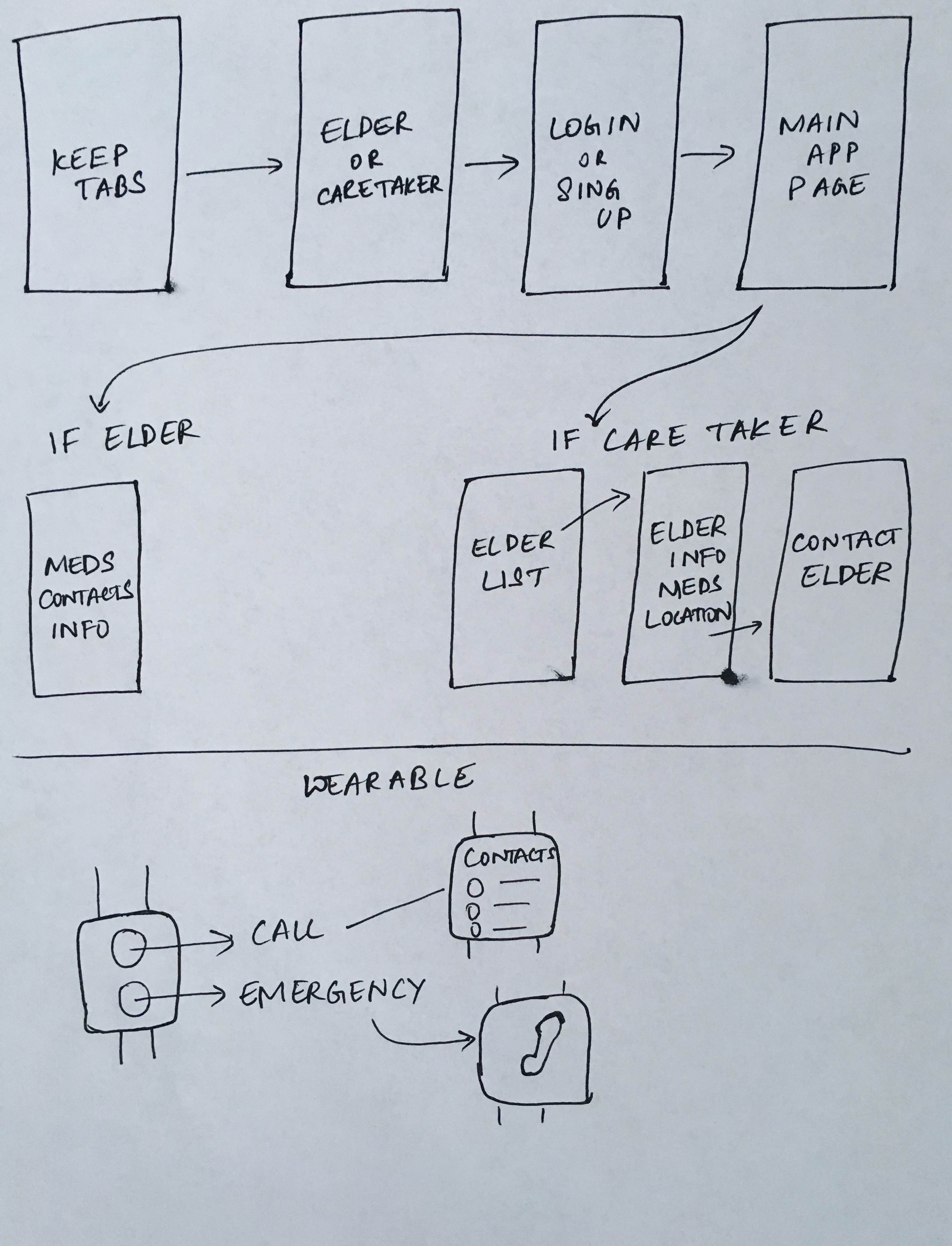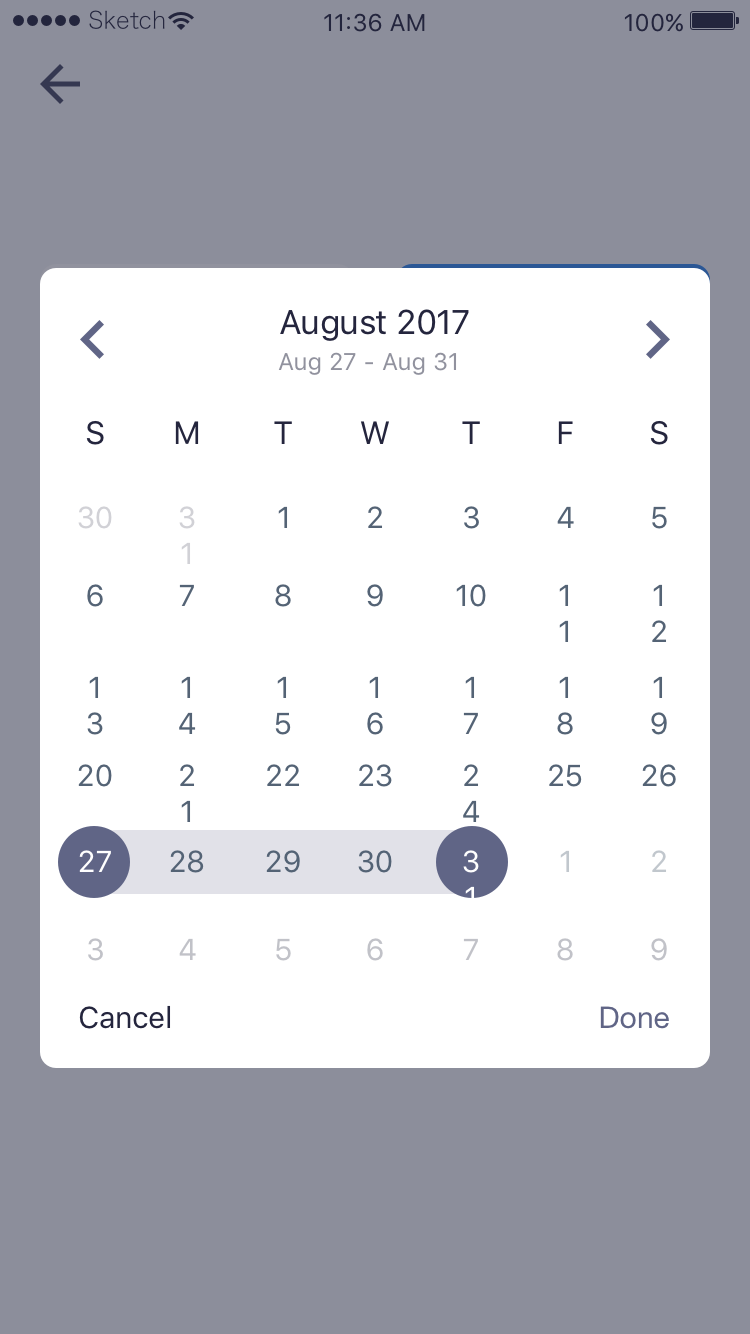Introduction
Many of us have an elder in our life that we worry about. Our worst fear is that one of our loved ones will be in an emergency situation and they can’t reach us in time. This situation is scary for both the elder, their caretakers, and family members. To address this problem we created KeepTabs. KeepTabs is an app based solution to in home elder care for people who want to be easily involved and aware of their elder’s day to day wellbeing without physically being with them 24/7.
The Challenge
To create a device that helps monitor and send live updates to an application which seamlessly displays and integrates the information on an interface.
My Role
Conduct user research, evaluate the specific needs of various users, convey key ideas in initial mockups, execute high-fidelity designs, and ultimately design a functional experience.
Problem

The existing elder care solutions that are provided in the market are inadequate and expensive. Elders can choose to live independently and opt to take care of themselves, but risk the danger of being more vulnerable to dangerous situations. One can also hire in-home caretakers like a certified nursing assistant, but it costs an average of $22,000 per year, and the quality of trained elder care varies depending on the firm. Most often elders pay for an assisted living home or a nursing home after a certain age; however, these options cost anywhere from $42,000-$88,000 a year. Sending an elder to a paid home also puts them at risk to the the possibility of being neglected or mistreated. The options that exist in the market currently pose severe problems for elders and their caregivers. The existing solutions are not affordable, are time-consuming, the elder’s day-to-day welfare is non-transparent, and elders lose the freedoms of making their own decisions. Elders and their relatives cited cost as being one of the main drivers when choosing an elder care option. A heavy price-tag can force some to opt for lesser options that are not always in the best interest of the elder. We also found that relatives forego job opportunities to take care of an elder on a full-time basis incur an opportunity cost averaging $180,000.
Market Size
Is this a real problem and is there a market for the solution?

User interviews and research
We were able to conduct user interviews over the phone as well as in person from care givers, care takers, as well as Supervisors who are in charge of these old age homes and facilities. Before conducting the interviews, we as a team created curated questions, forms and empty reports that would help us direct the question to the answers that we needed. Our ethnographic research methods included semi-structured interviews for more candid conversations, structured interviews to get exact information needed. We focused on Observations, problems, needs, opportunities and quotes. The first round of interviews that we conducted were through google forms to care takers of a health care facility.

The data was collected and summarized in the form of these charts above. We also conducted our own survey analysis amongst 7 elders and caretaker respondents and found that 43% of relatives want to be more involved in their elder’s care, but found the status quo solutions to be either too expensive or extremely time-consuming.
“There have been situations where patient medicines times have been missed and theres nothing to keep track of dosages. ” - Assistant in the assissted living home

In terms of research for the wearable, we did a competitive analysis of all the wearable technology that were relevant to solving this problem. This gave a clear picture of all the features implemented by our competitors.


Product
Ideation
With all the research, we did a few rounds of affinity mapping to sythesize findings. We then built a persona to clarify users’ needs, goals and ideate solutions from her point of view.

Based on the insights gained on the research we conducted we designed a 2-tier product to help solve the problems facing elder care both in the independent-consumer sector and in assisted-living communities.

The first tier product is a wearable that is to be worn at all times by the elder. The wearable provides real-time data of the elder’s vitals such as temperature, heart rate, and acceleration as well as GPS location. The wearable display will have an emergency responder button (911) and a customizable contacts feature that can call selected friends or family at any given time. The wearable is waterproof, made with military-grade glass, and with amassing technology has a battery life of 2-4 years. The second tier of KeepTabs is a mobile/web app that relays all the real-time data coming from the wearable. A caretaker can create an account and track their elders’ vitals and location in real-time. On top of this, the app allows the caregiver to see the elder’s medical records and has the ability to set up health-related reminders (ex: pill schedules and dosage).
User Flow and hierarchy



Prototyping
I started with the feed back on the wireframes as a baseline for starting to build the prototypes. I created some mid-fidelity screens to show the concept for the pitch slide deck.



After presenting the idea, concept, and prototypes to many people and gethering feedback I iterated upon the screens to build a high fidelity prototype. I started this process by creating a brand guide and logo and then translating that into the various screen flows.





Link to final prototype.
Link to slide deck.
Conclusion & Future
KeepTabs will help elder care move from the 20th century into the 21st century by applying already proven to work technology to an industry that is lacking in the benefits that so many other industries benefit from. This project was started as a startup idea at the University of California, Davis, to solve problems in an area that could use the help of technology. We were a team of four students, my role being designer and developer.
